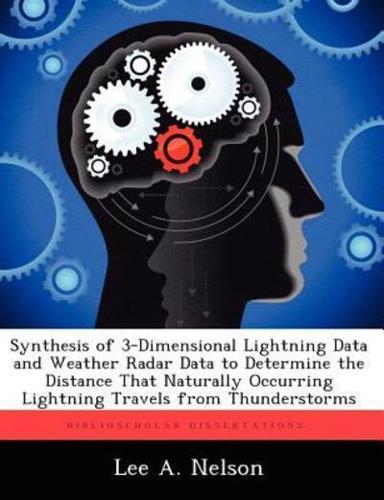Publisher's Synopsis
Lightning has an impact on Air Force operations in the air and on the ground. Delays to flight or maintenance activities are some of the common consequences that result from thunderstorms approaching an active airfield. These delays can degrade a unit's mission effectiveness, but their impact is nothing compared to the potential fallout when valuable equipment, or much worse when personnel, are struck by lightning. As such, determining how far naturally occurring lightning normally travels from thunderstorms can provide insight to decision makers concerning in-flight and ground safety measures. 3D lightning data from the Kennedy Space Center was merged with archived weather radar data from Melbourne, Florida. To analyze the radar characteristics of lightning, the radar data was interpolated to a 3D grid of reflectivity to permit direct extraction of reflectivity values. More than 19,000 lightning flashes were analyzed to resolve the composite reflectivity of the flash origin and to determine the horizontal distance of the flash origin from the nearest radar reflectivity core: defined as a radar reflectivity factor (dBZ) of greater than 40 dBZ. More than 8,500 flashes were used for similar base reflectivity computations.












